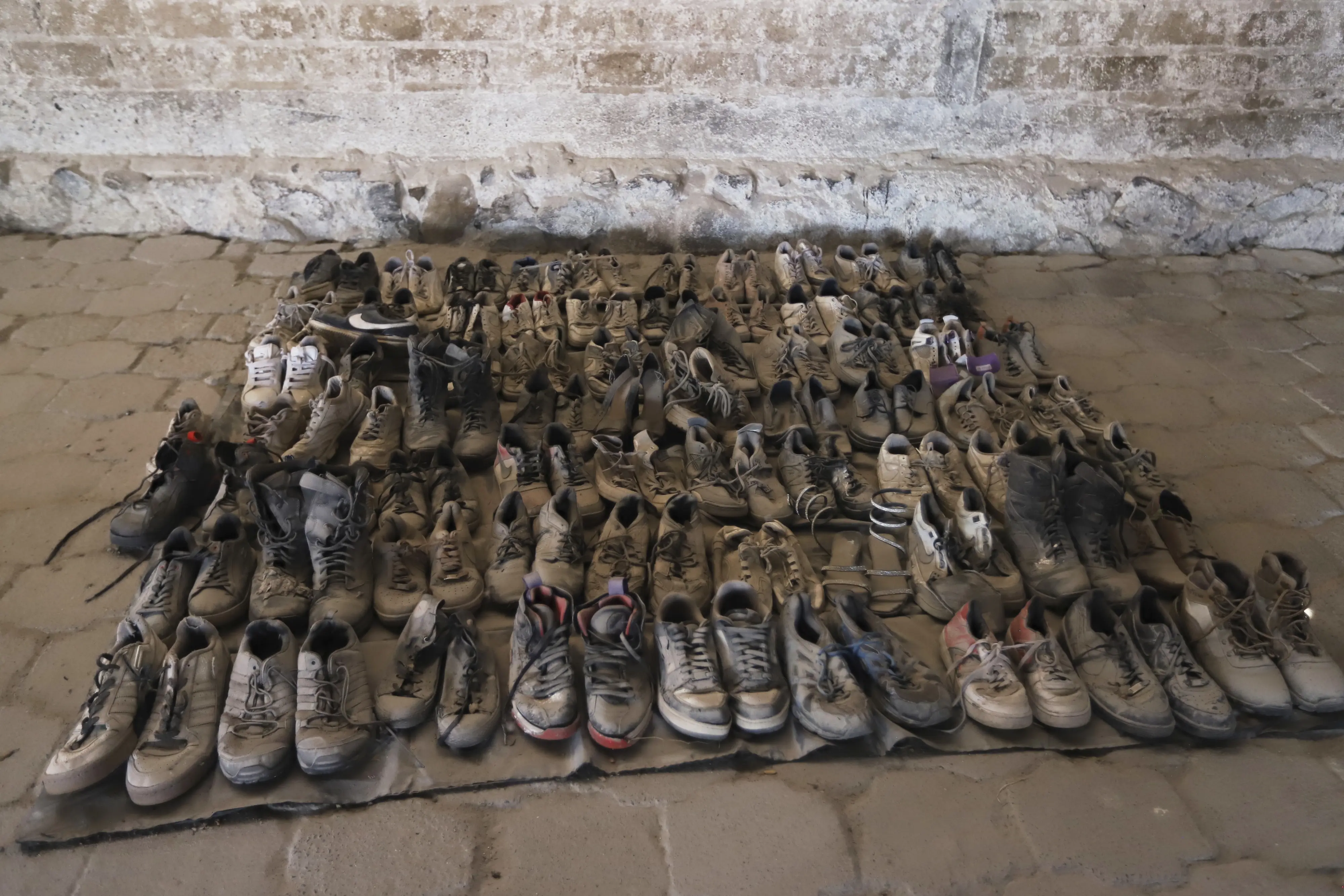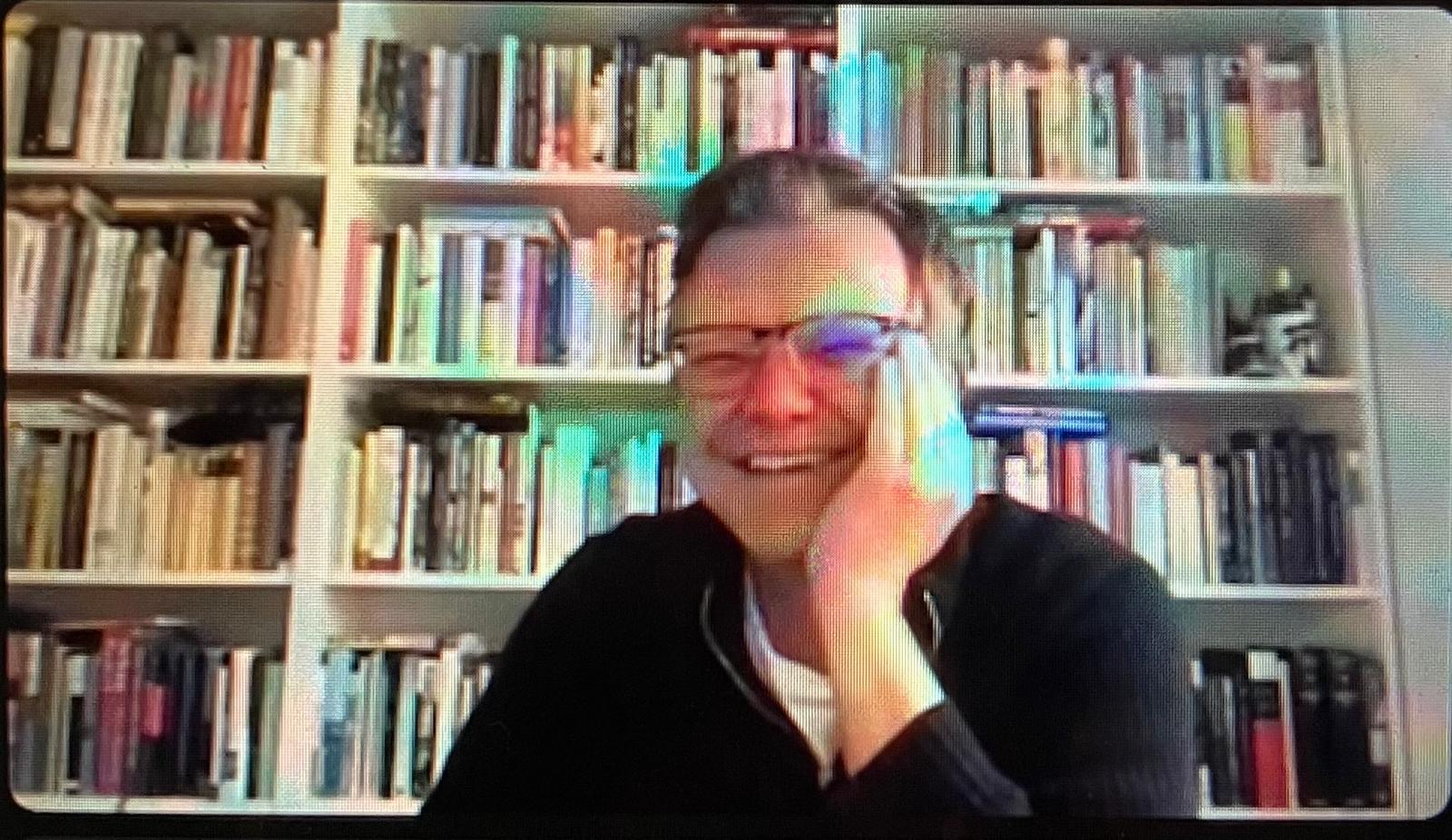April 2024 issue features:
Dalia AlKury
‘Imagining Palestinian Liberation’ is an artistic research project which develops through film practice methods described as speculative non-fiction. The project seeks to develop a cinematic language that arises from imagining, as the title suggests, a liberated Palestine. By staging her imagined return, the author runs into ethical dilemmas, including self-censorship, the quandary of representing so-called others and the elusive role of cinematic catharsis. Her interest in staging simulated pasts, as was the focus of her earlier documentaries, and then staging speculations of futures in her current work stems from a longstanding frustration with the documentary’s lack of fortitude in creating the aesthetic means for articulating and imagining a more liveable world today. Her recent short film Levitations, tries to overcome the limitations of the documentary method and its insistence on documenting so-called reality. Levitations commits to framing a visual travelogue in a fictional, liberated Palestine, thereby constructing an alternative reality. An emancipatory process starts to take shape.
The film’s key ‘props’ such as the separation wall and the Israeli flag, a tape recorder and tree are here analysed as narrative tools to visualize the liberation. The article, or, rather, essay offers insights into their use to articulate how speculative non-fiction methods may transform diasporic Palestinian angst, daring to imagine and show a liberated homeland.
‘splinter to the heart of the world’: Beverly Buchanan’s shack works
Sarah Richter
For 30 years of her art practice, the black queer land artist Beverly Buchanan (1940–2015) researched and reproduced, though aslant, subsistence housing in the South. Here, the author treats Buchanan’s shack works as an expanded aesthetic project, one explicitly embedded in the forms of indebtedness and indenture extracted from the black household after Emancipation. Buchanan’s shacks spanned sculpture, bric-a-brac assemblage, drawing, portraiture, writing, and oral history. The author argues that, by holding and withholding, giving and taking, building and grounding, the shacks make several interventions in the architectural afterlife of slavery – and dwell, explicitly, with those forms of mutual aid which subsist beneath, and ultimately exceed, the propertied household.
Long live the hyphen and the exclamation mark! On the trait-d’union as inter-ship
Mieke Bal
This first session after the inaugural lecture establishes the concept of ‘semiosphere’ through a discussion of the minimal signs in the European semiosphere that facilitate understanding without knowledge of the languages concerned as well as the integration of writing with the tones of spoken language. The author also discusses the short film that makes use of such signs, It’s About Time! Reflections on Urgency, with the exclamation mark in the title as the meaning-shifter. This film, spoken in Polish, stages the figure of Cassandra and her lover Aeneas as main characters of the mythical birth of Europe, the problematic of fictional time, the necessary skill and willingness of listening, and the idea of beginning. To make a useful distinction between identity as in-born features and identification as a willingness to affiliate, the article brings the French term trait-d’union to an English non-existing word, inter-ship.
Archives for the future: the 2019 Lennon Walls of Hong Kong
Mai Corlin
This article is concerned with the Lennon Walls of the 2019 Hong Kong protest movement as central spaces for the formation of an ‘archival imagination’ (Hochberg, 2021). Through producing a collection of protest icons connected directly to the movement’s history, the author argues that the visual expression developed from displaying a multiplicity of voices on to displaying ‘visual iconographies’ for ‘collective identification’ (Yates McKee, 2017: 113). She shows how iconic symbols and figures developed on the basis of actual events and protest characters, and how, over time, a particular collection of these figures and symbols came to compose the iconography for the movement. In a sense, the creation of the iconography in itself became a way to archive particular events and figures in a visually recognizable image. In other words, the iconic symbols and figures seen on the protest walls came to archive the movement’s history as it unfolded.
Jenny Stümer
With a particular view to the workings of intergenerational time and postmemory within (and against) hegemonic power formations, Larissa Sansour’s sci-fi short film In Vitro (2019) examines the biopolitics of temporality under conditions of occupation. Starting from the premise of a post-apocalyptic Palestine, the film stages postmemory as a form of inversed futurity or speculative futurism that provides insight into the enduring repercussions of political world-breaking and world-making. In Vitro thereby highlights the affective operations of political violence by tapping into a wider biopolitical project of feeling, but it also draws attention to the role of technological mediation though narrative, memory and visual culture in maintaining, and also resisting, specific regimes of control. Adding to a discussion about the biopolitics of feeling and temporality more broadly by introducing the notion of apocalyptic affect, the author demonstrates that the film’s poignant illustration of displacement, trauma and nostalgia identifies the temporal unfolding that crafts exclusionary spaces and walled lives, while also attempting a politically vital piecing together of intergenerational time. In Vitro’s invocation of mnemonic futurity thus provides an emotional and temporal politics of worlding that reanimates the present as presence. Ultimately, such forms of speculative worlding provide insight into how power and violence organize space, temporality and feeling towards taken-for-granted forms of political embodiment that are central to the biopolitical project, but they also matter politically precisely because they challenge the choreography of hegemonic experience in favour of complicating configurations of imaginative futurity.
–
Book Reviews:
Runa Chakraborty Paunksnis and Šarūnas Paunksnis (eds), Gender, Cinema, Streaming Platforms: Shifting Frames in Neoliberal India by Mehul Agarwal
Nicholas Mirzoeff, White Sight: Visual Politics and Practices of Whiteness by Nicole Cartier Barrera
–
https://journals.sagepub.com/toc/vcua/23/1





